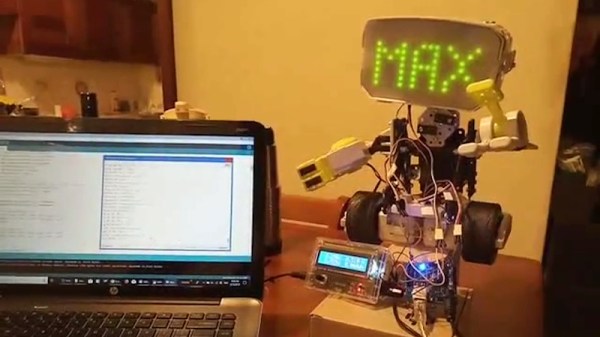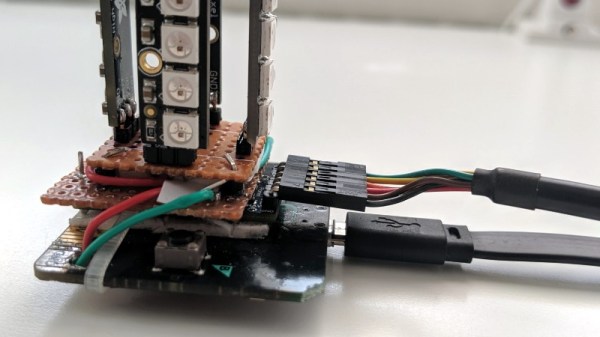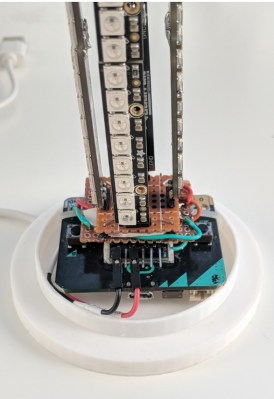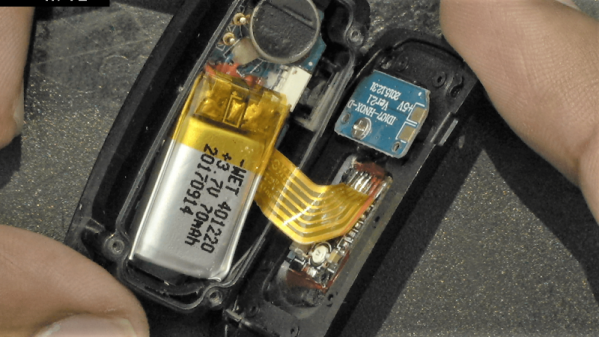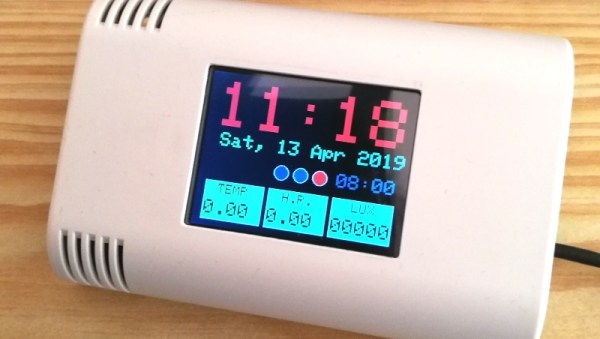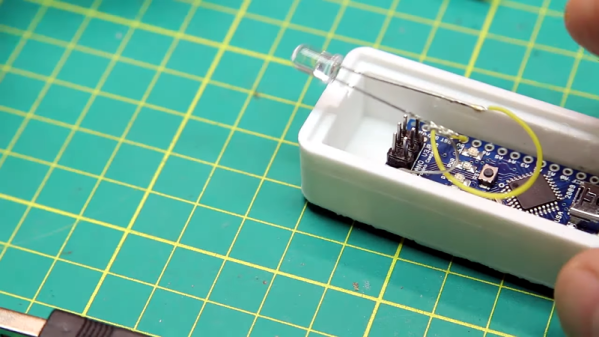Petrol engines dominate the world of the automobile, while electric propulsion races to take an ever larger market share. Despite this, some still hold a flame for steam power. Such aficionados would hold this build in high regard, from the recent past of 2014.

The bike is of a recumbent design, featuring a relaxed riding position well suited to the sophisticated nature of a steam-powered vehicle. Sporting a wooden frame, the build carries a strong steampunk aesthetic. The flash boiler packs 100 feet of copper pipe, and there’s an electric pump and controller to handle water delivery from the stylish brass tank. The setup is capable of producing steam within 30 seconds of startup. Motive power is courtesy of a 1.5 inch bore single-cylinder steam engine, connected to the rear wheel via a belt drive.
There’s something intoxicating about the sounds and smells of a working steam engine, though the threat of catastrophic burns does temper the excitement just a touch. Steam power isn’t going away any time soon – and it’s not just limited to transport applications, either. Video after the break.


